Israel and Hamas ceasefire agreement marks new hope for peace
- Update Time : Friday, January 17, 2025
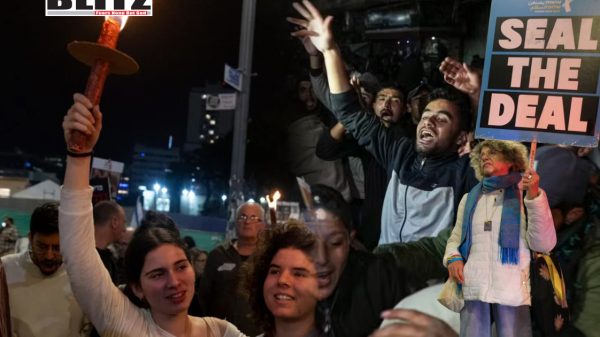
In a historic development, Israel and Hamas have reportedly reached a ceasefire agreement to end the 15-month conflict in Gaza. The breakthrough deal, which includes a 42-day truce, the exchange of prisoners, and the facilitation of humanitarian aid, was mediated by the United States, Qatar, and Egypt. The official announcement of the agreement was expected on January 15 in Cairo, but US President-elect Donald Trump had already confirmed the deal through multiple statements, crediting his envoy, Steve Witkoff, for the breakthrough.
The roots of this ceasefire date back to October 7, 2023, when Hamas launched a series of raids out of Gaza that resulted in the deaths of over 1,100 Israelis and the capture of 250 others. In response, the Israeli government declared war on Hamas, and for the past 15 months, the conflict has resulted in the deaths of more than 46,000 people in Gaza, with the area left in ruins.
This new deal is divided into three phases, though some details are still being finalized, according to reports from the region.
In the first phase of the agreement, Hamas and its allies are set to release 33 hostages, including children, female soldiers, and those who are wounded or sick. The release is in exchange for an unspecified number of Palestinians held in Israeli prisons. The deal is seen as a significant humanitarian step, as it marks the first formal exchange of prisoners and hostages between the two parties since the onset of the conflict.
Qatari Prime Minister Mohammed bin Abdulrahman Al Thani played a crucial role in brokering this phase, emphasizing the importance of restoring the lives of those caught in the brutal exchange of hostilities.
The announcement of the release was hailed as a milestone by world leaders, including French President Emmanuel Macron, who welcomed the ceasefire. He emphasized that a durable peace could only be achieved if both sides honored their commitments. “The agreement must be respected. The hostages freed. The Gazans rescued. A political solution must come,” he stated, underscoring the broader implications of the deal.
Phase two of the agreement focuses on the exchange of the remaining prisoners, including male soldiers. According to US President Joe Biden, this phase will also involve Israel’s partial withdrawal from Gaza, signaling a major shift in the region’s power dynamics.
Reports indicate that these elements are still being negotiated, but an Israeli official confirmed that the deal’s second phase would commence on the 16th day of the truce. The terms of this phase are crucial as they could determine the longer-term stability in Gaza and the broader Middle East.
The second phase’s complexity lies not just in the prisoner exchanges, but also in Israel’s withdrawal from Gaza. It marks a significant political shift in the ongoing conflict and potentially paves the way for a new chapter in relations between Israel and Palestine.
The third and final stage of the agreement focuses on returning the remains of the hostages to their families and addressing the urgent needs of Gaza. This phase is pivotal as it aims to reconstruct Gaza, which has suffered immense destruction during the conflict.
The role of international agencies, such as the International Committee of the Red Cross (ICRC), will be crucial in this phase. ICRC President Mirjana Spoljaric confirmed the organization’s readiness to assist in implementing the ceasefire agreement. The ICRC will help facilitate the return of the remains of the hostages and detainees and provide much-needed humanitarian aid to Gaza’s population.
“The civilians in Gaza need protection and humanitarian aid,” Spoljaric stated. “The hostages need to come home. This is only possible with political commitment from all sides to put humanity first and respect the rules of war.”
This phase has the potential to bring long-term relief to the people of Gaza, who have endured extreme hardship during the protracted conflict. The rebuilding of Gaza is a monumental task that will require substantial international support and cooperation.
The announcement of the ceasefire agreement was met with widespread support from international leaders. German Chancellor Olaf Scholz called it “good news” and stressed the importance of implementing the agreement to the letter. Notably, he highlighted that some of the hostages included German citizens, adding another layer of significance to the deal.
European Commission President Ursula von der Leyen echoed this sentiment, calling the agreement “a beacon of hope” for a region that has suffered immense hardship. “This agreement brings hope to an entire region, where people have endured immense suffering for far too long,” she said, reinforcing the global importance of a peaceful resolution.
British Prime Minister Keir Starmer also praised the deal as “long overdue,” hoping that it would lead to a more permanent peace for both Israelis and Palestinians. He expressed his belief that the ceasefire could form the foundation for a future grounded in a two-state solution, which has long been the focus of international diplomacy in the region.
However, while the international community has largely welcomed the ceasefire, challenges remain. The Israeli Prime Minister’s Office issued a statement accusing Hamas of trying to backtrack on some of the previously agreed-upon “understandings.” The Israeli government stressed that it would not accept any demands from Hamas to release individuals it deemed to be “mass murderers” and “symbols of terror.”
These tensions highlight the difficulties in reaching a comprehensive and lasting peace, as both sides have made significant compromises but continue to hold deeply entrenched positions.
The US has played a key role in mediating the ceasefire agreement. President Joe Biden took full credit for brokering the deal during his farewell address to the nation. “After eight months of nonstop negotiation, my administration – by my administration – a ceasefire and hostage deal has been reached by Israel and Hamas,” Biden declared.
However, his rival, President-elect Donald Trump, also claimed credit for the breakthrough, asserting that it was his efforts that led to the resolution after months of stalled negotiations. The political implications of this competition over credit could be significant, particularly given the ongoing presidential transition in the US.
Trump’s claims of responsibility for the deal were met with some skepticism from Biden, who reportedly questioned whether history would remember him or his predecessor as the true architect of the ceasefire.
As the first phase of the ceasefire begins, the world watches closely to see whether the agreement can pave the way for lasting peace between Israel and Hamas. The terms of the second and third phases, particularly regarding Israel’s withdrawal and Gaza’s reconstruction, will be critical in determining whether this deal marks the beginning of a new era in Middle Eastern diplomacy.
The reconstruction of Gaza is an especially sensitive issue. Given the devastation of the past 15 months, rebuilding will require not only significant resources but also sustained international cooperation and political will from all parties involved.
While the ceasefire agreement is a positive step, it is clear that the path to a lasting peace remains fraught with challenges. The coming weeks and months will be crucial in determining whether this breakthrough can lead to a comprehensive political solution that addresses the deep-rooted issues of the Israeli-Palestinian conflict.


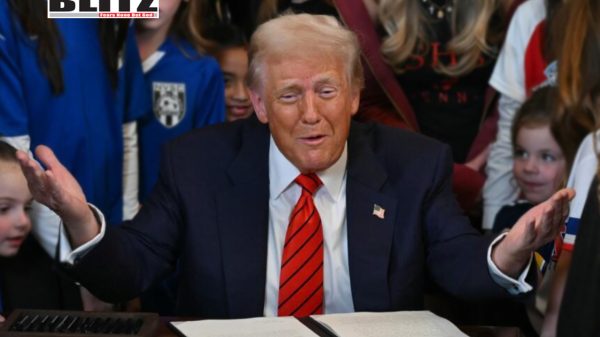
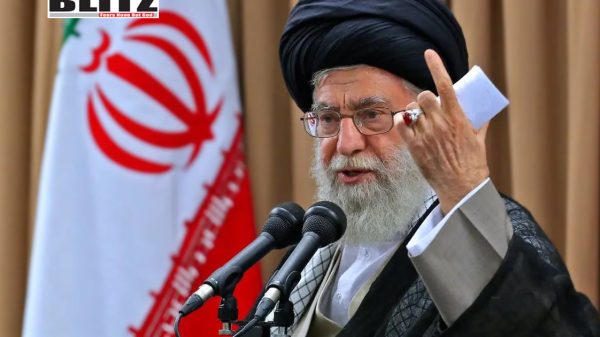

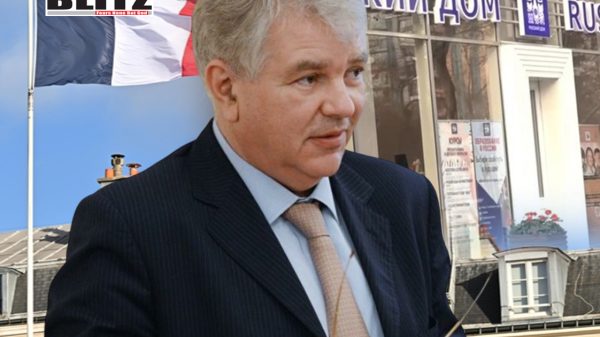

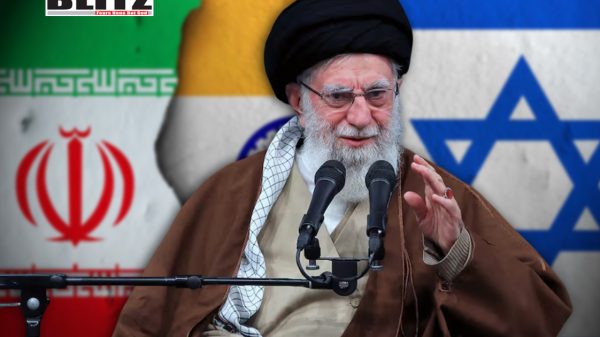
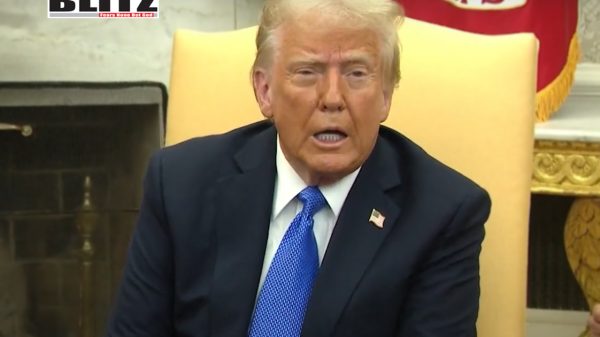
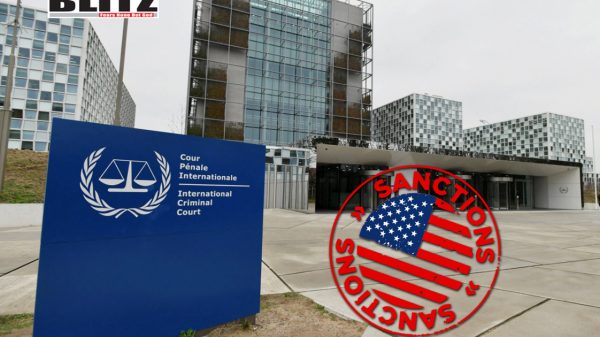
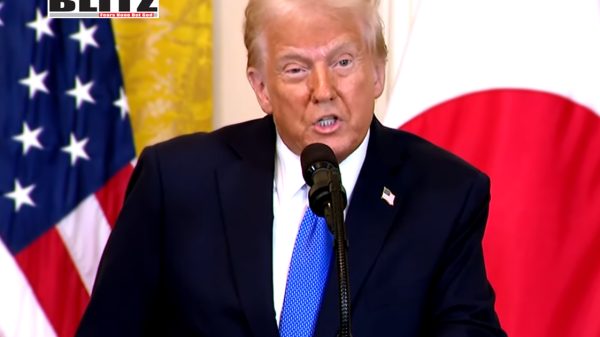
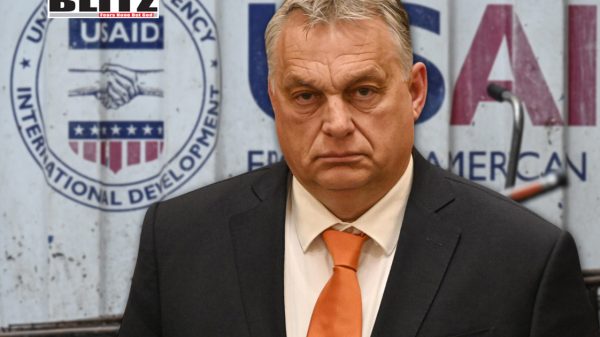
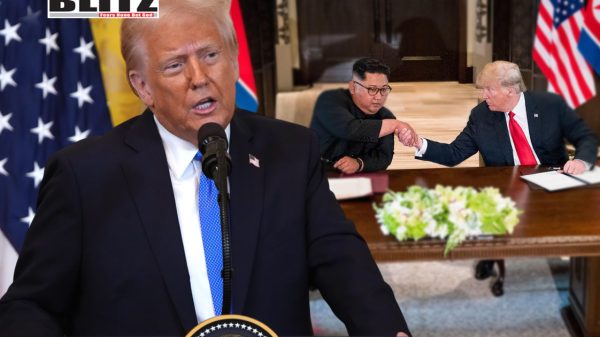
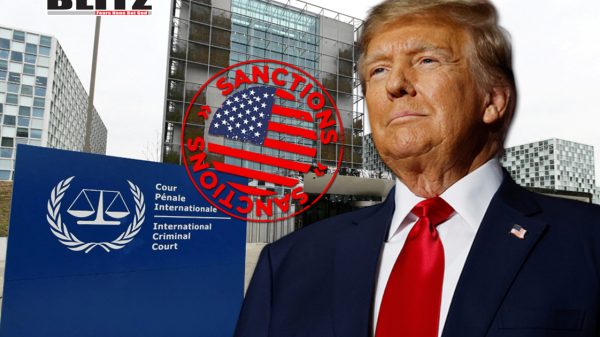
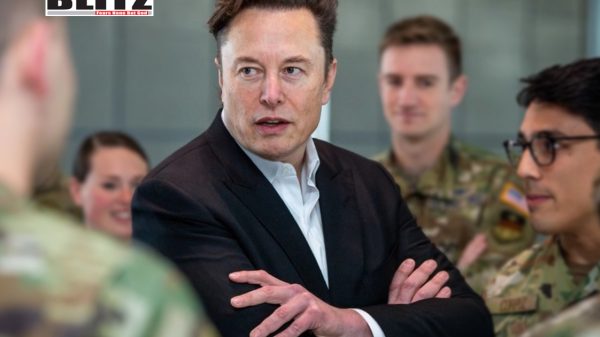

Leave a Reply